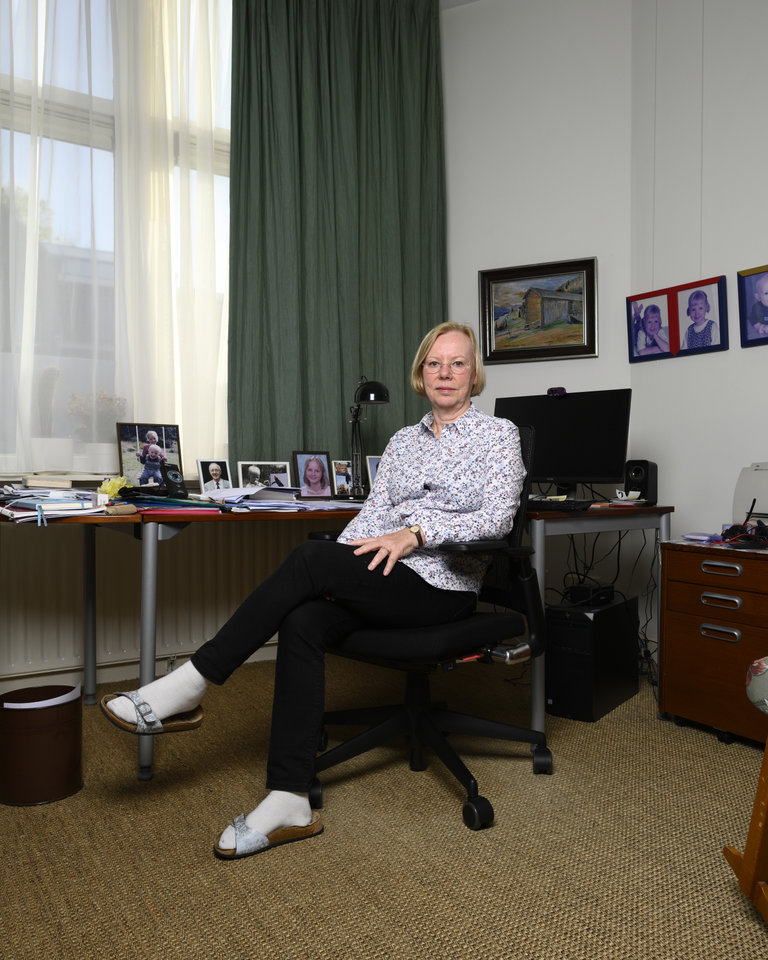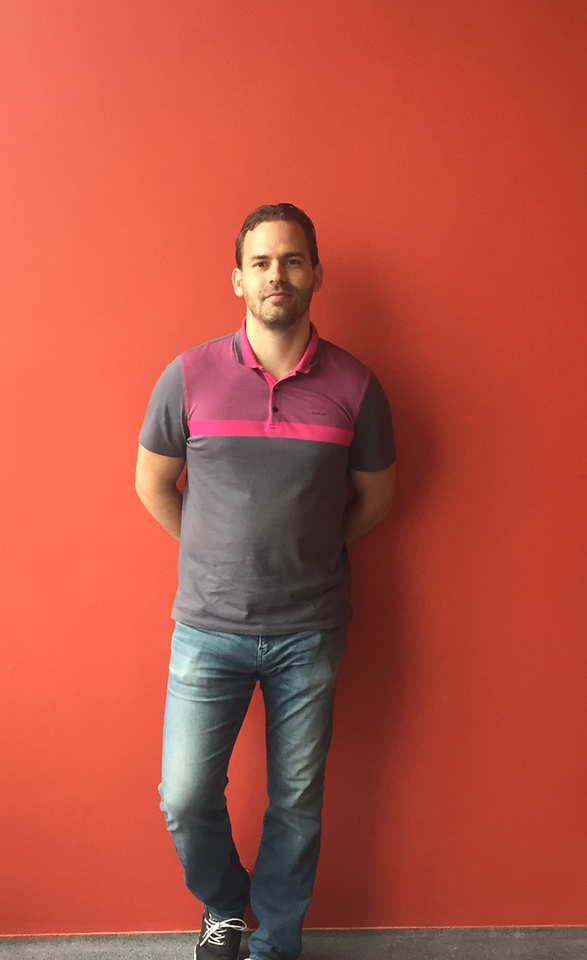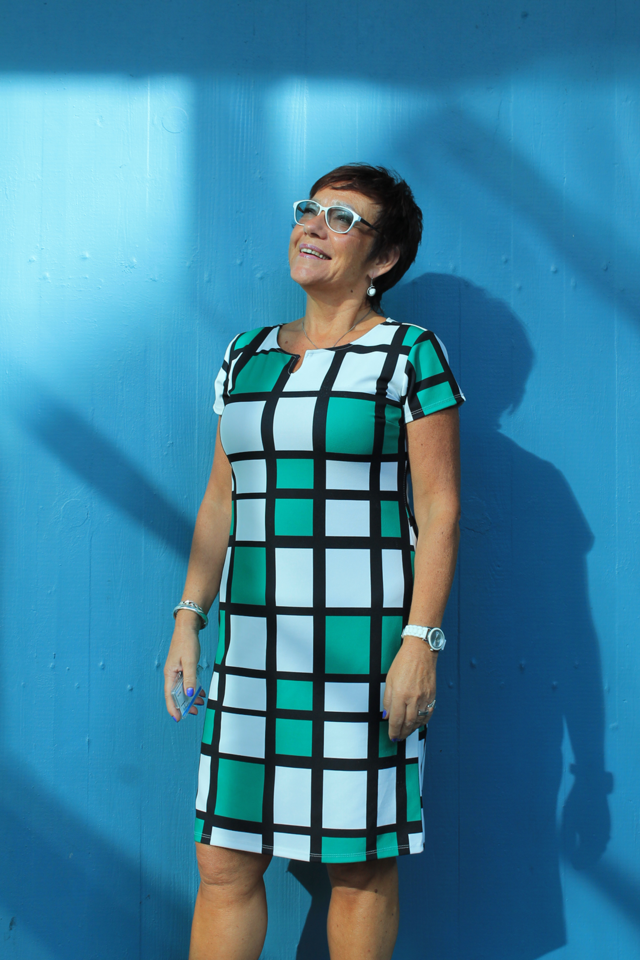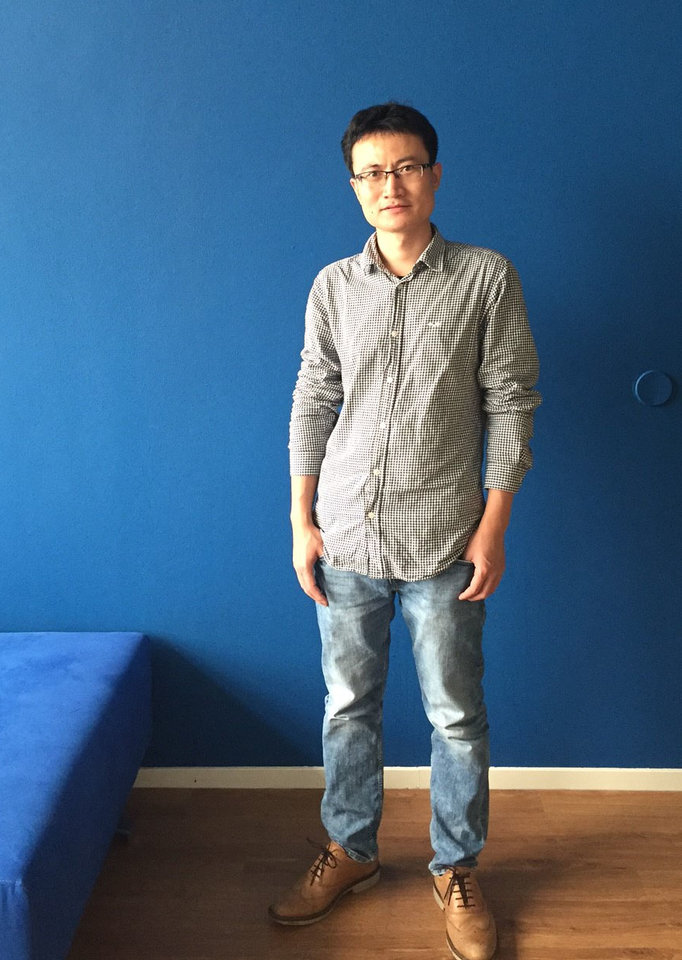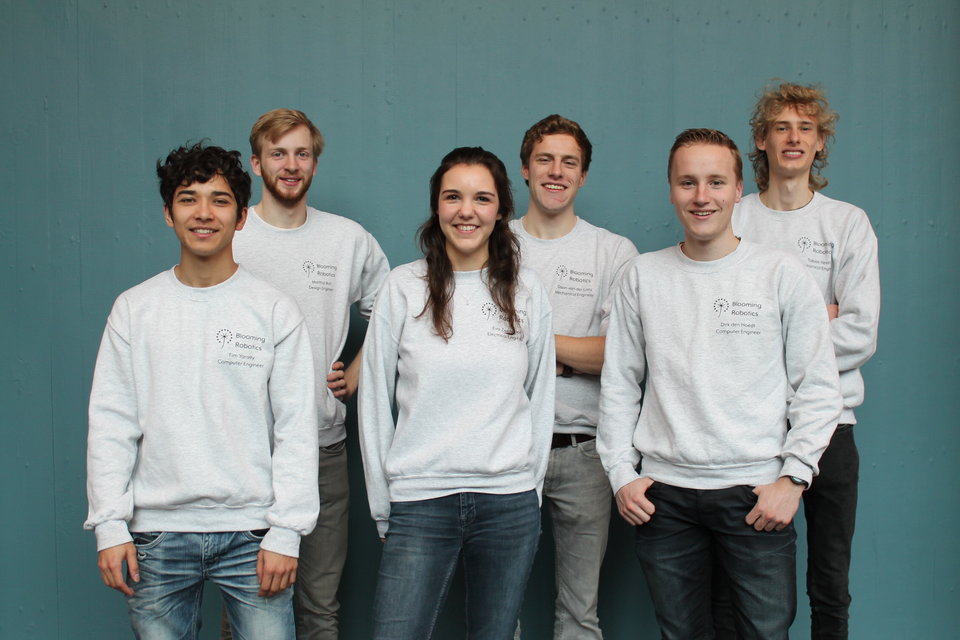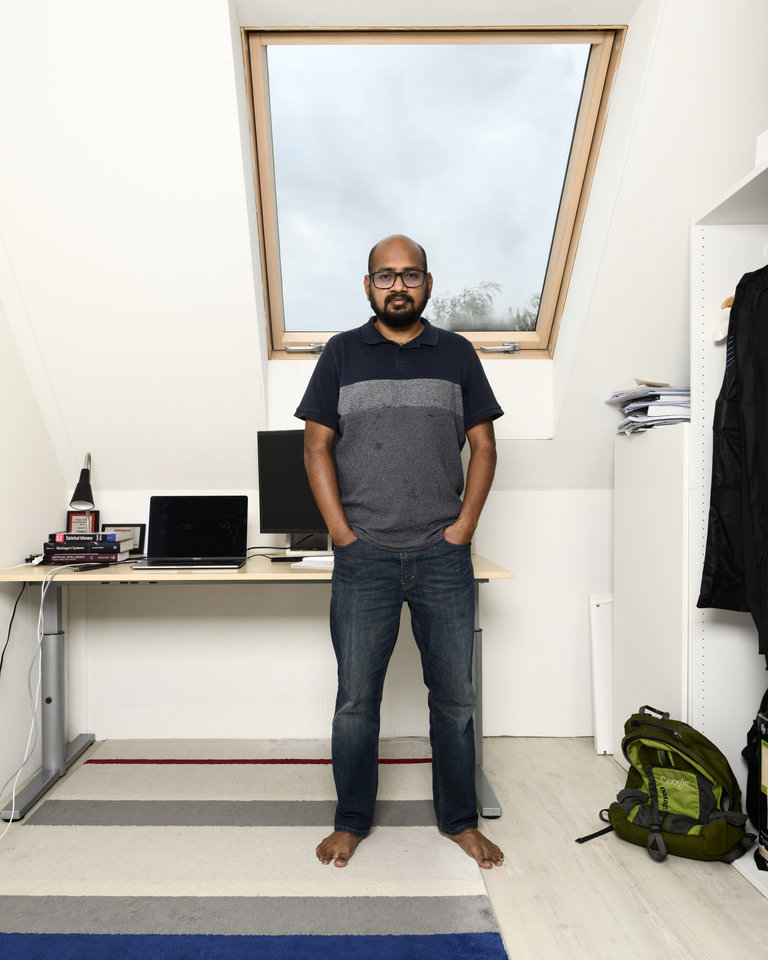Humans of Electrical Engineering, Mathematics and Computer Science
Miki Trifunovic
Postdoc onderzoeker Miki Trifunovic werkte voor de ‘Department of Electronic Components, Technology & Materials’. Hij dook in het onderwerp polykristallijne silicium transistors geproduceerd op papier.
Toen ik in de meetkamer aan het nakijken was of de inkt in silicium was veranderd met behulp van de Excimeer Lazer hield ik mijn hart vast, het was gelukt!
Toen Miki bezig was met zijn master Micro-elektronica kreeg hij de kans om in de zomervakantie stage te lopen in Japan, bij Tokio University. Daar was een groep bezig met onderzoek naar organische inkt voor flexibele chips en daar kon Miki bij aanhaken. Toen hij terugkwam van zijn stage vroeg Ryoichi Ishihara aan Miki om onderzoek te gaan doen naar flexibele silicium elektronica. Er was nog heel weinig onderzoek naar gedaan, dus het was een hele kluif. Hoe ga je bijvoorbeeld van inkt een silicium laag maken? En hoe ga je deze inkt verwerken op een lage temperatuur, zodat je deze op papier kan gebruiken? Het bleek een complexe puzzel, maar Miki hield vol. Een speciaal soort laser, de Excimeer Laser, bleek de oplossing. Miki is vervolgens cum laude gepromoveerd, als kers op de taart!
About Miki his research
Flexible electronics gained a lot of interest in the past few years, with applications ranging from displays to wearable electronics. As opposed to conventional rigid microelectronics where silicon is used as a crucial semiconducting component, research on flexible electronics has mainly focused on alternative materials. These alternatives are processed at lower temperatures and could therefore easily be built on flexible substrates that have limited thermal budgets. These materials however have a much lower performance compared to silicon so can only be used in electronics with very simple functionality.
In this work, we show for the first time that flexible silicon transistors can be realized by employing a silicon ink. Transistors, which are the building blocks for more complicated electronics, are successfully fabricated on top of a paper substrate. Paper is a challenging, but a very interesting substrate because of its extreme low-cost and biodegradability. This allows new applications to arise where the electronic performance of silicon permits more complicated circuitry to be built at an extremely low-cost. Applications include biodegradable medical sensors, smart food packaging, wearable electronics, and flexible displays, among others.
Read his paper ‘Solution-based polycrystalline silicon transistors produced on a paper substrate’ in Nature Partner Journal: Flexible Electronics.
For more information about this topic, you can also read the Nodes article ‘Cheap and environmental friendly silicon chips printed on paper’.









